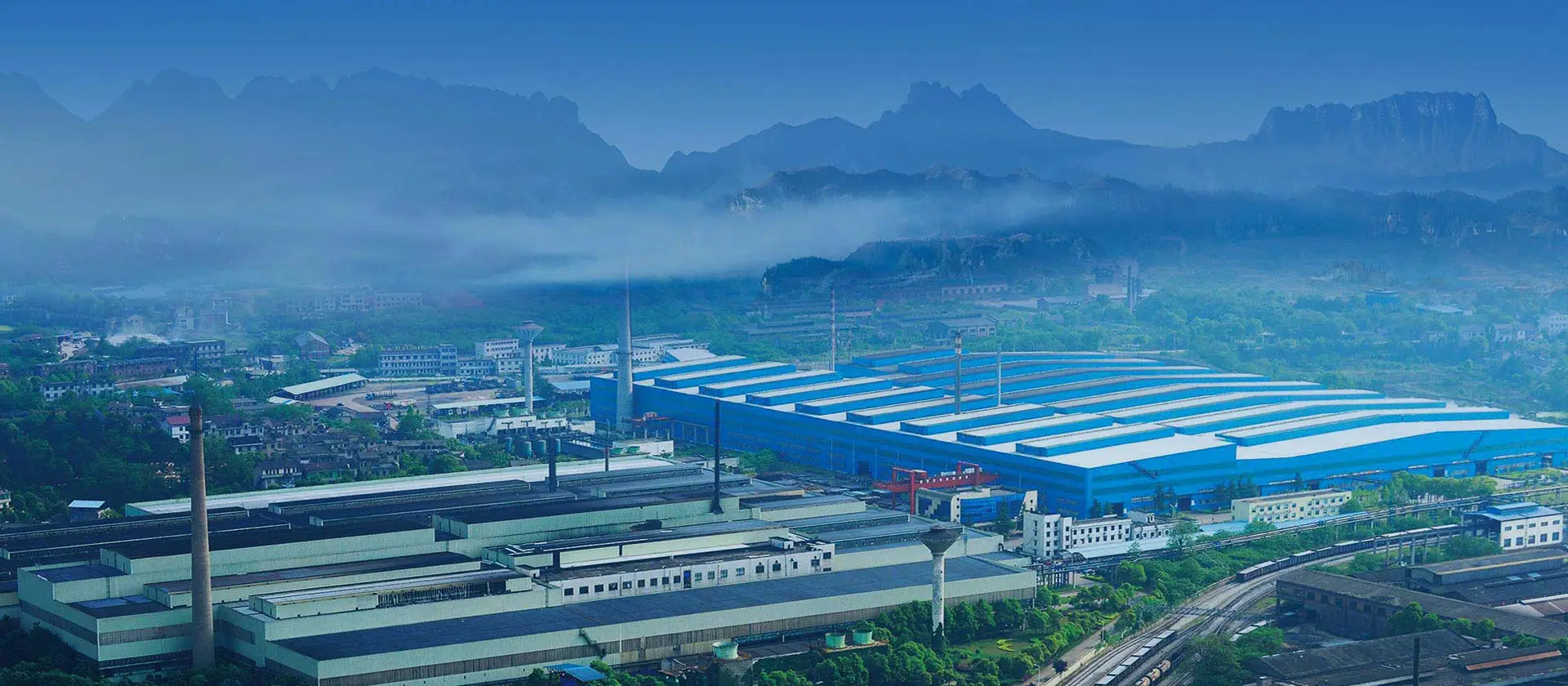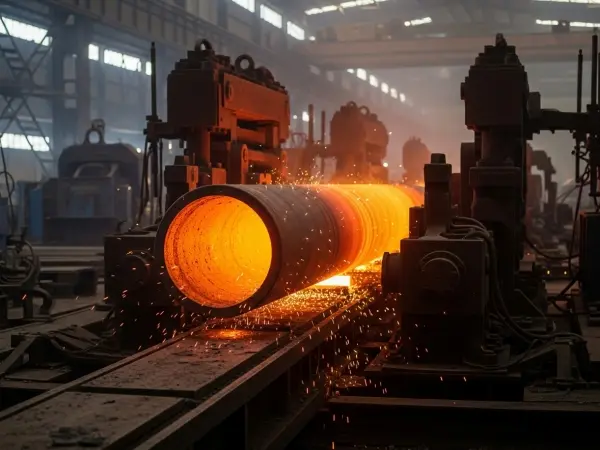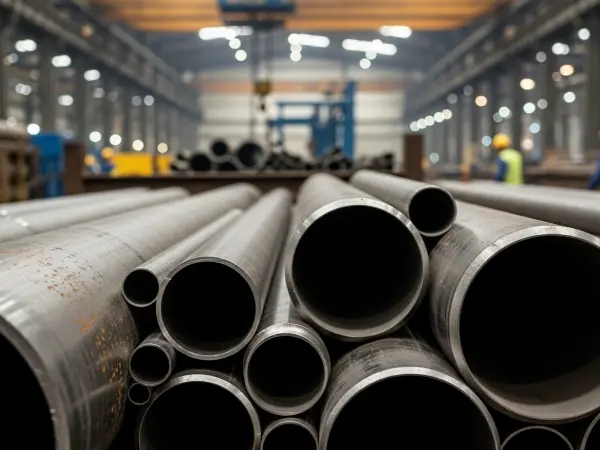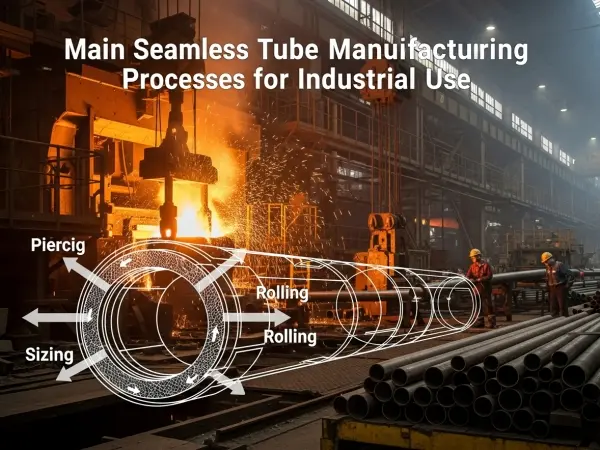
Seamless tubes are widely used in industries ranging from chemical processing and oil & gas to medical and aerospace applications. Their performance depends not only on material composition but also on manufacturing quality. Two critical factors that directly influence the durability of a seamless tube are surface finish and micro-defects. This article explores these factors in detail, offering practical guidance for engineers, designers, and procurement professionals.
A seamless tube is a hollow cylindrical metal product manufactured without welding, typically through extrusion or hot/cold drawing processes. Compared to welded tubes, seamless tubes offer:
· Higher pressure resistance
· Uniform mechanical properties
· Improved fatigue performance
Despite these advantages, even seamless tubes can experience reduced durability due to surface imperfections or micro-defects formed during manufacturing.
Surface finish refers to the texture and smoothness of the tube’s inner and outer surfaces. It is commonly measured by parameters such as Ra (roughness average) and Rz (maximum profile height).
A smoother surface reduces crevices where corrosive agents can accumulate, minimizing pitting and stress corrosion cracking. Rough surfaces, by contrast, accelerate localized corrosion.
Even micro-scale surface irregularities can act as stress concentrators. Under cyclic loading, these irregularities can initiate cracks, reducing the fatigue life of a seamless tube by up to 30% in high-pressure applications.
In fluid transport applications, a polished internal surface reduces friction losses, enhancing flow efficiency and lowering energy costs.
Micro-defects are tiny imperfections that often occur during casting, extrusion, or cold drawing. Common types include:
· Inclusions – Non-metallic particles trapped in the steel matrix
· Micro-cracks – Small fractures formed during manufacturing or heat treatment
· Porosity – Tiny voids caused by gas entrapment
Micro-defects act as focal points for stress, increasing the likelihood of cracks under pressure, bending, or vibration.
Defects expose fresh metal surfaces, promoting localized corrosion and reducing overall tube lifespan.
Micro-defects near connection points can compromise welded or flanged joints under operational loads.
Ensuring high durability requires rigorous inspection:
· Non-Destructive Testing (NDT): Ultrasonic testing, eddy current testing, and radiography detect internal and surface defects.
· Surface Roughness Measurement: Profilometers and laser scanning control surface finish parameters.
· Hydrostatic and Burst Testing: Verifies tube strength under high pressure and identifies potential weak points.
Opt for stainless steel grades with high corrosion resistance, such as 316L or duplex stainless steel.
Periodic inspections detect surface degradation or new defects, especially in corrosive or high-pressure environments.
The durability of a seamless tube is heavily influenced by surface finish and micro-defects. Smooth, defect-free surfaces enhance fatigue life, corrosion resistance, and flow efficiency, while micro-defects can significantly compromise operational reliability. By understanding these factors and implementing proper inspection, manufacturing, and maintenance practices, engineers can ensure long-term performance and safety.
For reliable, high-quality seamless tubes, Centerway Steel offers precision-engineered seamless tube products that meet international standards (ASTM, DIN, ISO) and undergo rigorous surface finish and micro-defect inspections. Whether your project requires chemical resistance, high-pressure tolerance, or specialized dimensions, our seamless tubes deliver superior durability and performance.


